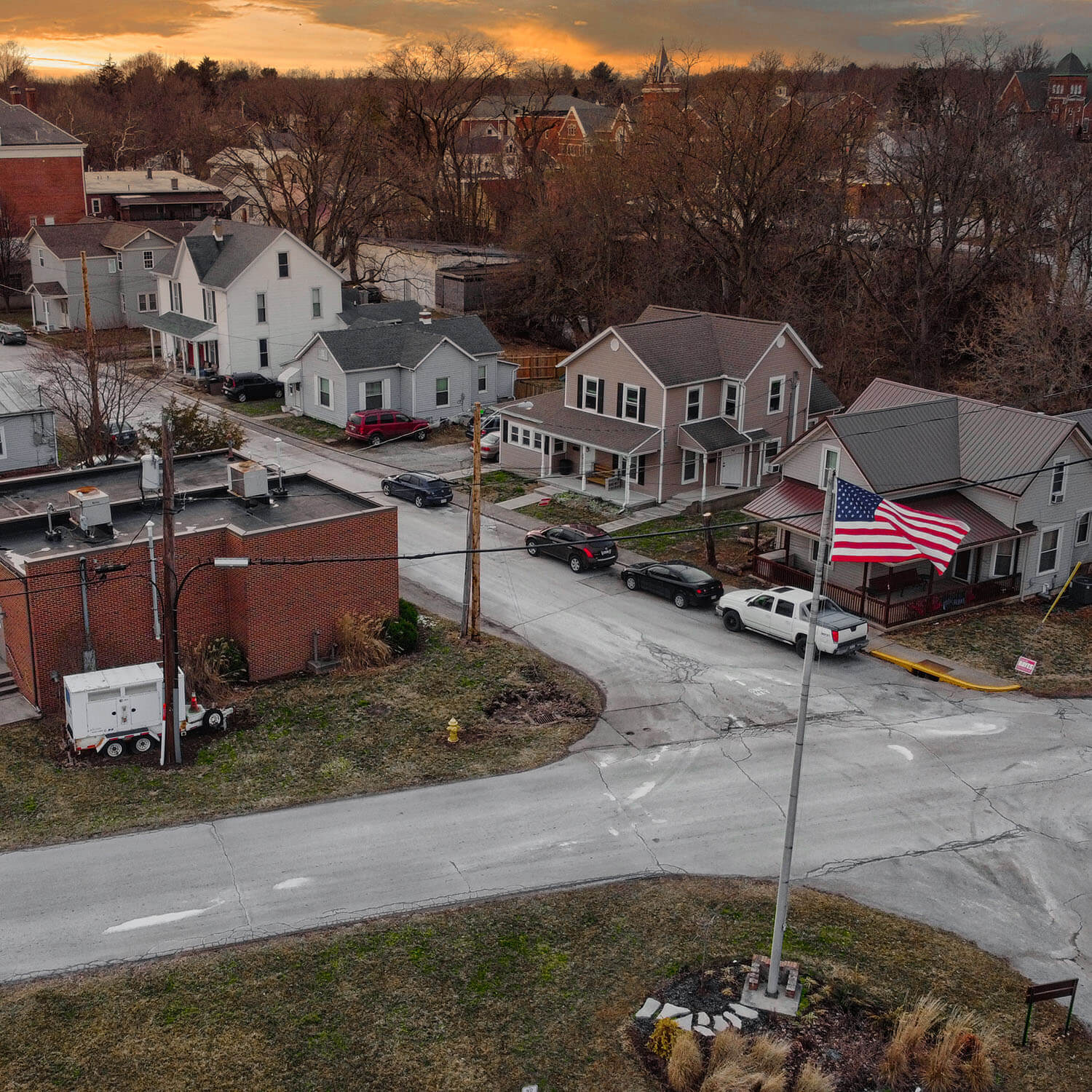Have you ever been ready to jump into your next meeting only to notice you didn’t have your mobile phone? If so, I’m betting you felt a sense of panic that only subsided once your phone was back in hand.Because without it, you’d lost your lifeline.
Our mobile interactions—which account for more than five hours of our day—have transformed these devices from simple support tools to the communications hub for so much of our interactions.
Fortunately, open banking has opened doors for community banks to identify new products that address the high-demand of today’s digital expectations. In the U.S., open banking speaks to new opportunities that allow—through application programming interfaces (APIs)—community banks to offer products and services tailored to customer needs and interests.
In fact, in this new open banking dynamic, you can expand your relationships with customers, becoming an aggregator of key financial services. For example, do your customers need a snapshot of all of their financial accounts? Wealth management resources? International transfers? Or other offerings? Well, the likelihood is that there’s an API-based solution for that.
Take, for instance, instant payments. Studies show that 70% of those who’ve used person-to-person payment services, expect funds to be received within the hour. By partnering with a company like Finzly, which ICBA Bancard has a relationship with, you can leverage a core-agnostic interface to facilitate instant payments in support of customer needs. And, using a proven API-based implementation approach, you can be up and running in just three months’ time.
Staying Secure
But with great data comes great responsibility. While APIs create opportunities for community banks, they also create important data protection considerations. As Visa noted in its report, “The Future of Banking is Open,” 66% of U.S. consumers are concerned about the privacy of information shared when conducting digital activities, with identity theft (42%) and monetary loss (22%) among the top concerns cited.
The good news is that as relationship bankers, community banks have earned customers’ trust. In fact, 73% of consumers trust their financial institution to keep their best interest in mind, while only 51% say the same about the federal government regarding banking and personal finance.
Community banks have proven time and time again to be a trusted financial partner in their communities and their efforts during the pandemic have further cemented that trust and increased customer loyalty. In fact, 30% of consumers say the pandemic made them more loyal to their primary financial institution, versus 12% who say it made them less loyal.
Open Banking Opportunities
That makes open banking a game-changer in many ways for community banks, creating a new playing field. These models introduce significant opportunities to pick best-in-class services, and to seek the partners who can best address your individualized needs. Really, the sky’s the limit in imagining how open banking models can support your business objectives.
Yet, open banking is not one-size-fits-all. There are a number of different models that rise up around this concept, and how you respond to the opportunity depends on your risk appetite and business strategy.
For example, the Visa report dives into specific scenarios, offering case studies including traditional business model enhancements, banking as a marketplace, banking-as-a-service, digital subsidiaries, and open platform services. But the beauty of this new open banking landscape is that you can chart the course for solutions that speak to your bank’s needs and interests.
As you explore where your bank fits in this open banking paradigm, consider how you may want to evolve your strategies to respond to today’s shifting landscape. Because just like your phone has become a home base, open banking creates new potential for you to be the central hub in your customers’ financial journeys.

